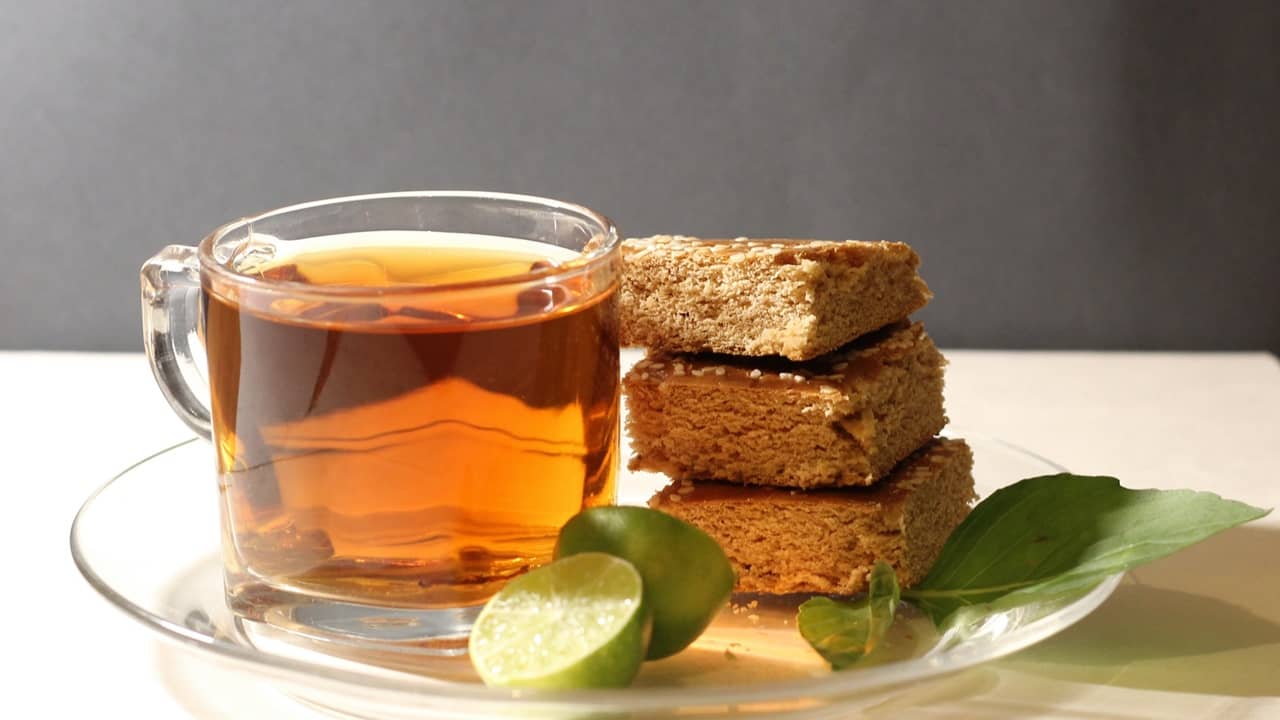When it comes to exploring the world of tea, the term “fine” holds significant value. As an experienced tea connoisseur, understanding what this term means can help elevate your tea-drinking experience and enable you to appreciate the nuances of different teas.
In this article, we delve into the meaning behind “fine” in tea terms, breaking it down to offer a comprehensive guide.
The Quality of Fine Tea
When the term “fine” is used to describe tea, it refers to a tea of exceptional quality. Fine teas are carefully crafted, harvested, and processed with utmost skill and precision, resulting in an exquisite cup that embodies the true essence of the tea plant.
Fine Tea Cultivation
One of the key aspects of producing fine tea is the cultivation process. Here are some factors that contribute to the quality of fine tea:
- Meticulously selected tea bushes with superior genetics
- High-altitude regions with optimal temperature and humidity
- Well-drained soil rich in essential nutrients
- Practicing organic or sustainable farming methods
- Harvesting at the peak of the tea bush’s growth for optimal flavor
Fine Tea Processing
After the tea leaves are harvested, the processing plays a crucial role in defining a tea as “fine.” Here are some key elements of fine tea processing:
- Withering: Allowing freshly picked leaves to wilt, reducing moisture content.
- Rolling: Hand-rolling or mechanical rolling to shape and release enzymes.
- Oxidation: Controlling the extent of oxidation to develop desired flavors and aromas.
- Firing: Halting oxidation through heat application to preserve flavors.
- Sorting and Grading: Sorting by leaf size and removing any undesirable elements.
Fine Tea Varieties
The term “fine” is not limited to a specific type of tea. Various tea varieties can be classified as fine, each deserving recognition for its unique qualities:
| Tea Variety | Distinctive Characteristics |
|---|---|
| Chinese Green Tea | Delicate flavors, subtle sweetness, and refreshing aroma |
| Japanese Matcha | Rich umami taste, vibrant green color, and smooth texture |
| Assam Black Tea | Robust malty flavor, bold and full-bodied cup |
| Taiwanese Oolong | Complex floral or fruity notes, gentle sweetness, and lingering aftertaste |
Fine Tea Appraisal
The evaluation of fine tea involves sensory analysis and expert judgment. Here are some factors considered during tea appraisal:
- Aroma: The fragrance that emanates from the infused leaves and liquor.
- Appearance: The visual characteristics, including leaf shape, color, and consistency.
- Flavor: The taste profile, encompassing different notes, intensity, and complexity.
- Liquor: The color and clarity of the brewed tea.
- Mouthfeel: The physical sensation experienced while sipping the tea.
Fine Tea Brewing
To truly appreciate fine tea, proper brewing is essential. Consider these guidelines:
- Water Temperature: Different teas require different water temperatures for optimal extraction.
- Steeping Time: Determine the ideal steeping time to avoid bitterness or weak flavors.
- Quality Utensils: Utilize a teapot, teacup, or gaiwan designed for the specific tea type.
- Multiple Infusions: Fine teas often possess the ability to be steeped multiple times, revealing varied flavors in each infusion.
- Savoring: Take the time to savor the aroma, flavor, and overall experience of each cup.
In conclusion, the term “fine” in tea terms represents the epitome of craftsmanship and dedication in tea production. By understanding the various aspects that contribute to fine tea, you can embark on a delightful journey exploring the world of exceptional teas and savoring their unique flavors, aromas, and textures.

